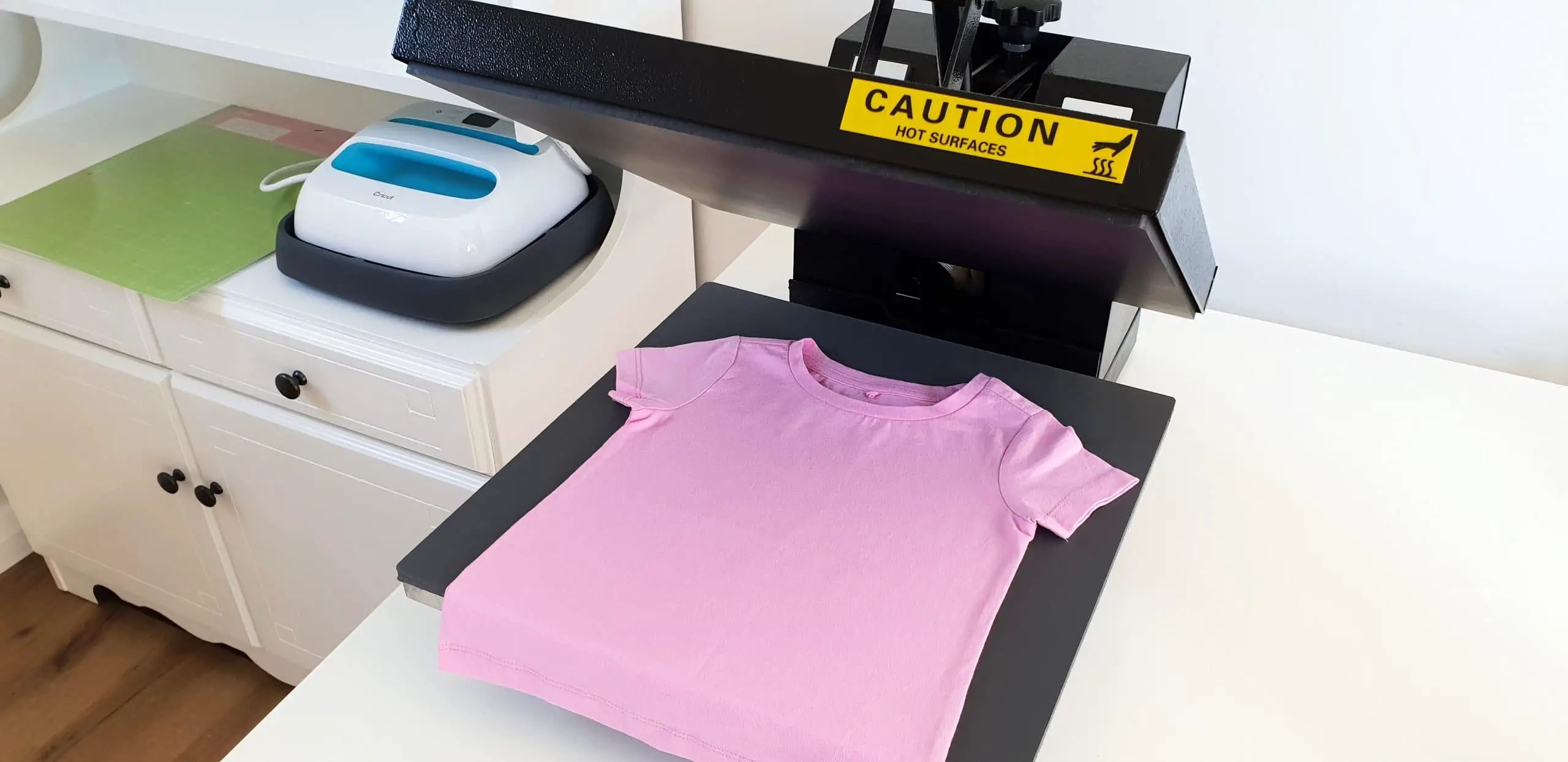What Equipment Do You Need to Start a Tshirt Business

Starting a t-shirt business can be an exciting and profitable venture for those with an eye for design and a passion for fashion. However, before you can start selling your unique designs, you need to have the right equipment. With so many printing techniques available, it can be overwhelming to determine which method is best suited for your business needs. In this article, we will explore the various equipment options required to start a successful t-shirt business, including design software, printing techniques such as heat transfers and direct-to-garment printing, and screen printing equipment. By the end of this article, you will have a better understanding of what equipment is necessary to bring your t-shirt designs to life.
T-Shirt Design
When starting a t-shirt business, one of the most important aspects is designing your t-shirts. Your designs should be unique and eye-catching to attract customers. You can either design your own t-shirts or hire a graphic designer to create them for you.
If you decide to design your own t-shirts, there are many software programs available that can help you bring your ideas to life. Adobe Photoshop and Illustrator are popular choices among designers due to their versatility and range of features. However, if you’re not familiar with these programs, there are also user-friendly options such as Canva and PicMonkey that can help you create professional-looking designs.
When designing your t-shirts, it’s important to consider the target audience and what they would be interested in wearing. You should also think about the colors and fonts that will complement your design. Remember, your t-shirt design is what will set you apart from other businesses, so take the time to make it stand out!
Printing Techniques
When it comes to printing techniques for your t-shirt business, there are a few options to consider. One popular method is heat transfers, which involves using a heat press machine to transfer a design onto the shirt using heat and pressure. This technique is great for small runs or one-off designs, as it allows for quick and easy customization.
Another option is direct to garment printing, which uses a specialized printer to print the design directly onto the fabric of the shirt. This method is ideal for full-color designs or intricate details, as it allows for high-quality prints with vibrant colors.
Lastly, screen printing is another popular technique that involves creating a stencil of the design and then using ink to transfer it onto the shirt through a mesh screen. This method can be more time-consuming and expensive upfront, but it allows for larger production runs and can produce high-quality prints with bold colors.
Ultimately, the printing technique you choose will depend on your budget, production needs, and desired level of customization. It’s important to do your research and consider all options before making a decision.
Heat Transfers
Heat transfers are a popular printing technique for t-shirt businesses. This method involves transferring a design onto the fabric using heat and pressure. The design is first printed onto transfer paper, which is then placed onto the garment and pressed with a heat press machine.
One of the benefits of heat transfers is that they can be used to print full-color designs without the need for multiple screens or layers. They are also relatively easy and quick to produce, making them a great option for small businesses or those just starting out. However, it’s important to note that heat transfers may not be as durable as other printing techniques and may crack or peel over time.
Overall, if you’re looking for an affordable and efficient way to print high-quality designs on t-shirts, heat transfers may be a great option for your business. Just make sure to consider the longevity of the prints when choosing this method.
Direct to Garment Printing
Direct to garment printing, or DTG for short, is a relatively new technology that has revolutionized the way we print designs on t-shirts. Unlike traditional screen printing, which involves creating a stencil and then applying ink through it onto the fabric, DTG printing uses specialized inkjet printers to apply the design directly onto the shirt.
One of the biggest advantages of DTG printing is its ability to produce high-quality prints with intricate details and vibrant colors. This makes it an ideal choice for businesses that specialize in custom designs or small-batch orders. Additionally, because there are no setup costs associated with DTG printing, it can be more cost-effective than other methods for smaller orders.
However, it’s important to note that not all fabrics are suitable for DTG printing. The best results are achieved on 100% cotton or cotton-blend fabrics with a tight weave. Polyester and other synthetic materials may not absorb the ink properly, resulting in a less-than-ideal final product. Overall, if you’re looking for a versatile and efficient way to produce high-quality custom t-shirts, direct to garment printing is definitely worth considering.
Screen Printing
Screen printing is a popular method for creating high-quality and long-lasting designs on t-shirts. It involves using a mesh screen, ink, and a squeegee to transfer the design onto the fabric. Screen printing is ideal for larger orders as it allows for mass production at a lower cost per unit.
To start screen printing, you will need a few key pieces of equipment. First, you will need a screen printing press which holds the screen in place and allows for precise placement of the design onto the shirt. You will also need screens with mesh sizes appropriate for your design and ink type. Additionally, you will need squeegees to apply the ink evenly across the screen.
Other necessary equipment includes a flash dryer or heat gun to cure the ink after application, as well as cleaning supplies such as emulsion remover and degreaser to maintain your screens. With these tools in hand, you can create high-quality t-shirts with vibrant designs that are sure to impress your customers.
Conclusion
In conclusion, starting a t-shirt business requires careful consideration of the equipment needed to produce high-quality products. From design software to printing techniques, there are many factors to consider when choosing the right equipment for your business. Whether you opt for heat transfers, direct-to-garment printing, or screen printing, it’s important to invest in reliable and efficient equipment that will help you create unique and eye-catching designs that stand out in a crowded market. With the right tools and techniques at your disposal, you can turn your passion for t-shirt design into a successful and profitable business venture.




